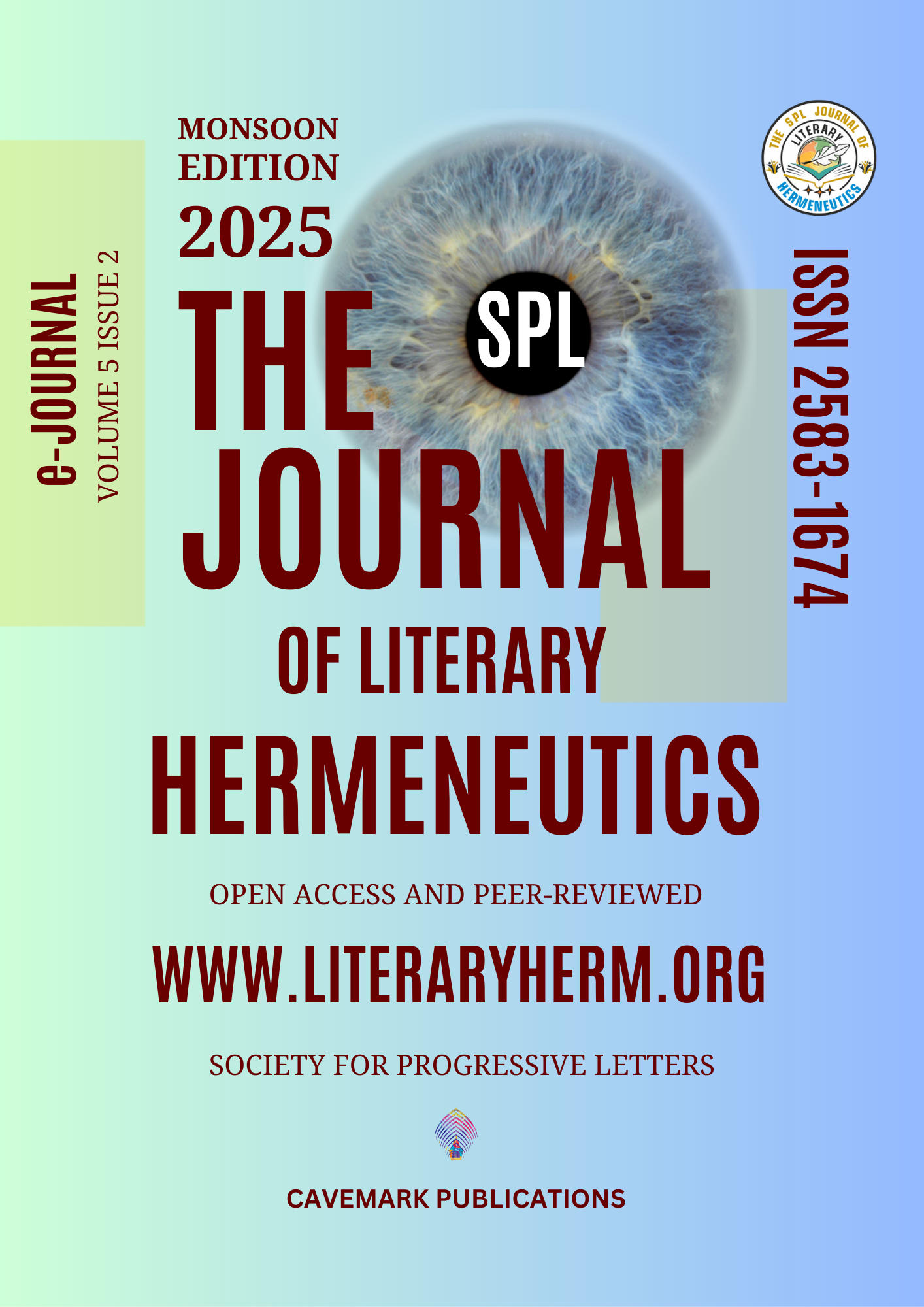Applying Feminist Approach to Sundara – Kanda of Sri Ramacaritamanasa by Goswami Tulsidasa
Keywords:
Goswami Tulsidasa, Ramacaritamanasa, Feminist theory, Subjugation, Sita, Surasa, Mandodari, TrijataAbstract
Aim: The aim of the paper is to find out the contribution and a critical version of female characters in Sundarkanda the fifth chapter (Pancham-Sopana) of Sri Ramacaritamanasa by Goswami Tulsidasa. One of the lines is very popular now a day, “Dhola, Gawara Sudra Pasu Nari, Sakala Tarana Ke Adhikari.” This is the version of the people who are defending the Poet Goswami Tulsidasa, on the other side a sect of people criticized him for the interpretation of the word tarna as oppressive and humiliating. Methodology and Approach :The present paper deals with the critical analysis of the sundara- kanda the fifth chapter of Sri Ramacaritamansa of Goswami Tulsidasa looking the text through Feminist lens and analyzing how the poet portrays the narrative of male domination by depicting the favorable economic, social, political, and psychological atmosphere for them and on the other hand the presentation of women's pathetic condition; in particular, the subversive and subjugated depiction of female characters.
Outcome: This paper will present the Women characters and their role as depicted by the poet Tulsidasa. In general, he is criticized for not giving the proper place to Women characters in the Epic but the paper will show the significant and dominating role of Female characters in the Sundarkanda.
Conclusion and Suggestions: A feminist examination of the Sundarkanda uncovers a multifaceted tapestry of female perspectives, each navigating power, ethics, and autonomy inside a profoundly patriarchal framework, despite its ostensibly heroic and devotional exterior. The paper suggest that Ramacaritamansa is not only the depiction of lord Rama but also has a proper place and representation of Women Characters.
Downloads
Published
How to Cite
Issue
Section
Copyright (c) 2025 Jay Prakash Tiwari

This work is licensed under a Creative Commons Attribution-NonCommercial 4.0 International License.













